In 2017, we began working on a multi-year public art project on a small island in the Elbow River, conceived in collaboration with Lane Shordee.
The Wandering Island is a site-responsive project on Elbow Island, a Calgary/Mohkínstsis park located beneath Mission Bridge on 4th Street SW. This park balances precariously between city + nature, land + river, public + private, camouflaged + forgotten. The Wandering Island has a mandate to create slow art for the audience of birds, bats, beaver, fish, and the occasional curious wanderer.
Together, we are Lead Artists guiding The Wandering Island as it unfolds across the time and place of Elbow Island Park. There is a full website dedicated to The Wandering Island. If you’re interested in learning more about our intentions for the project, the island site, the artist team, future artist opportunities, or our overall journey, be sure to visit the project website.
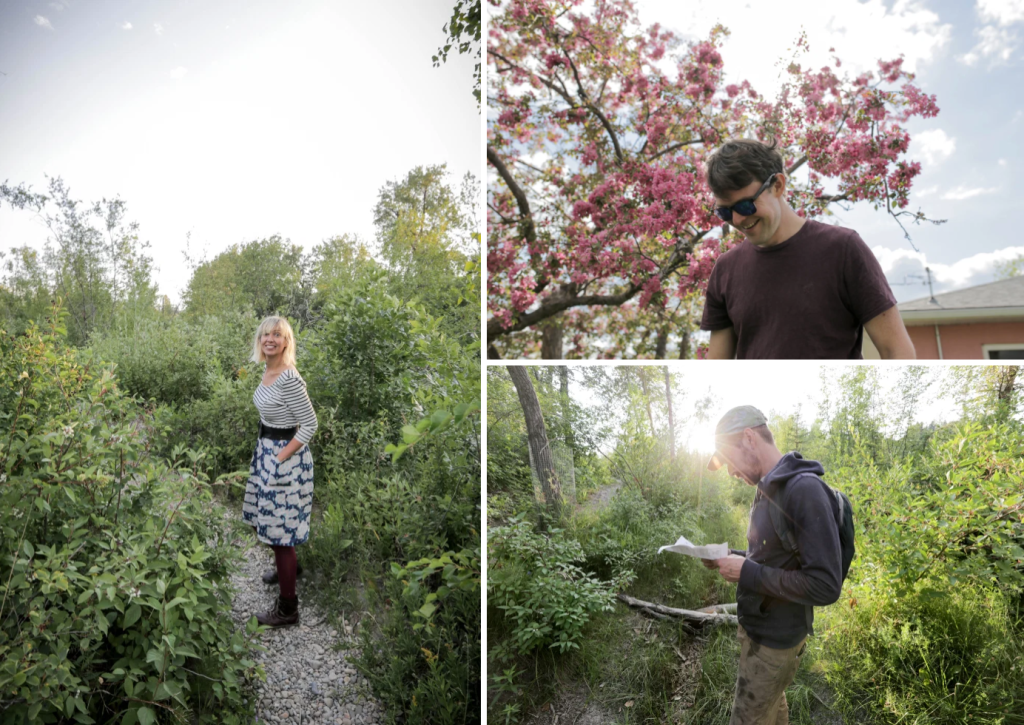
Below is a ‘tour’ of Elbow Island, first shared on our project blog. If you’re based in Calgary/Mohkinstsis, you should come visit and see The Wandering Island for yourself – take your time, wander, and let this blog be your guide.
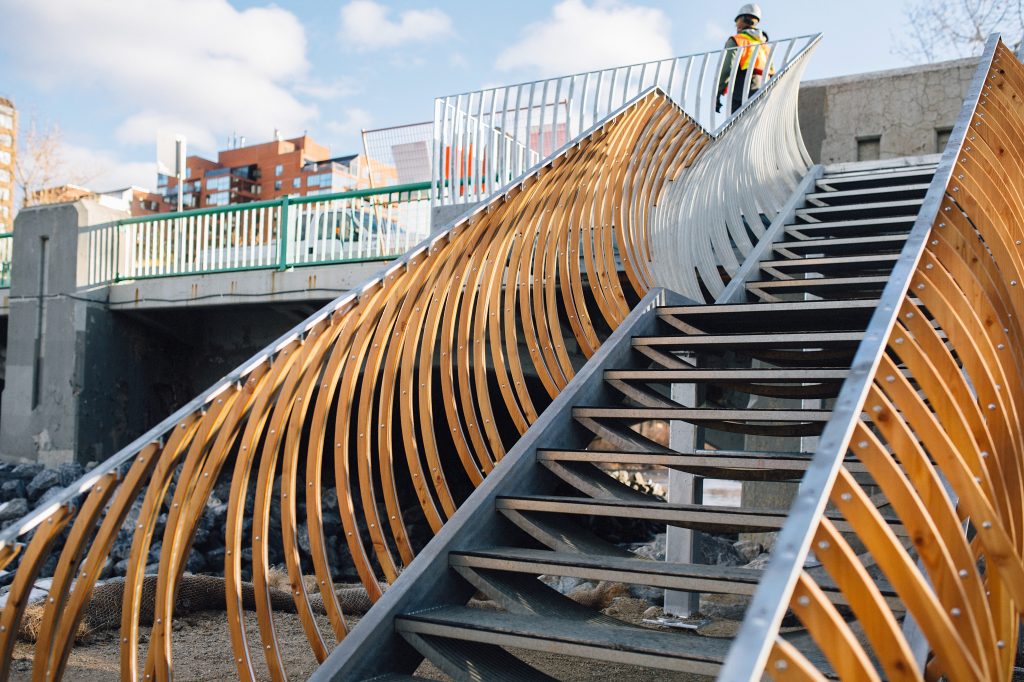
After a long period of coordination, designing, building, and installation, The Wandering Island welcomes you back to Elbow Island Park. You’re invited on a tour of the artworks installed onsite – stairs, benches, and stepping stones.
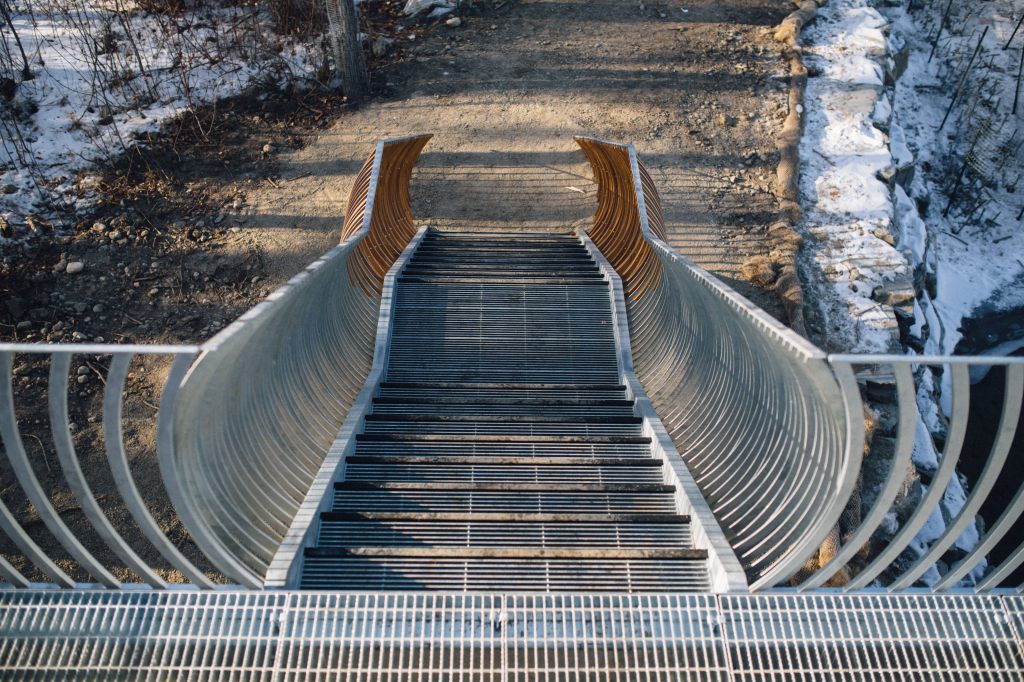
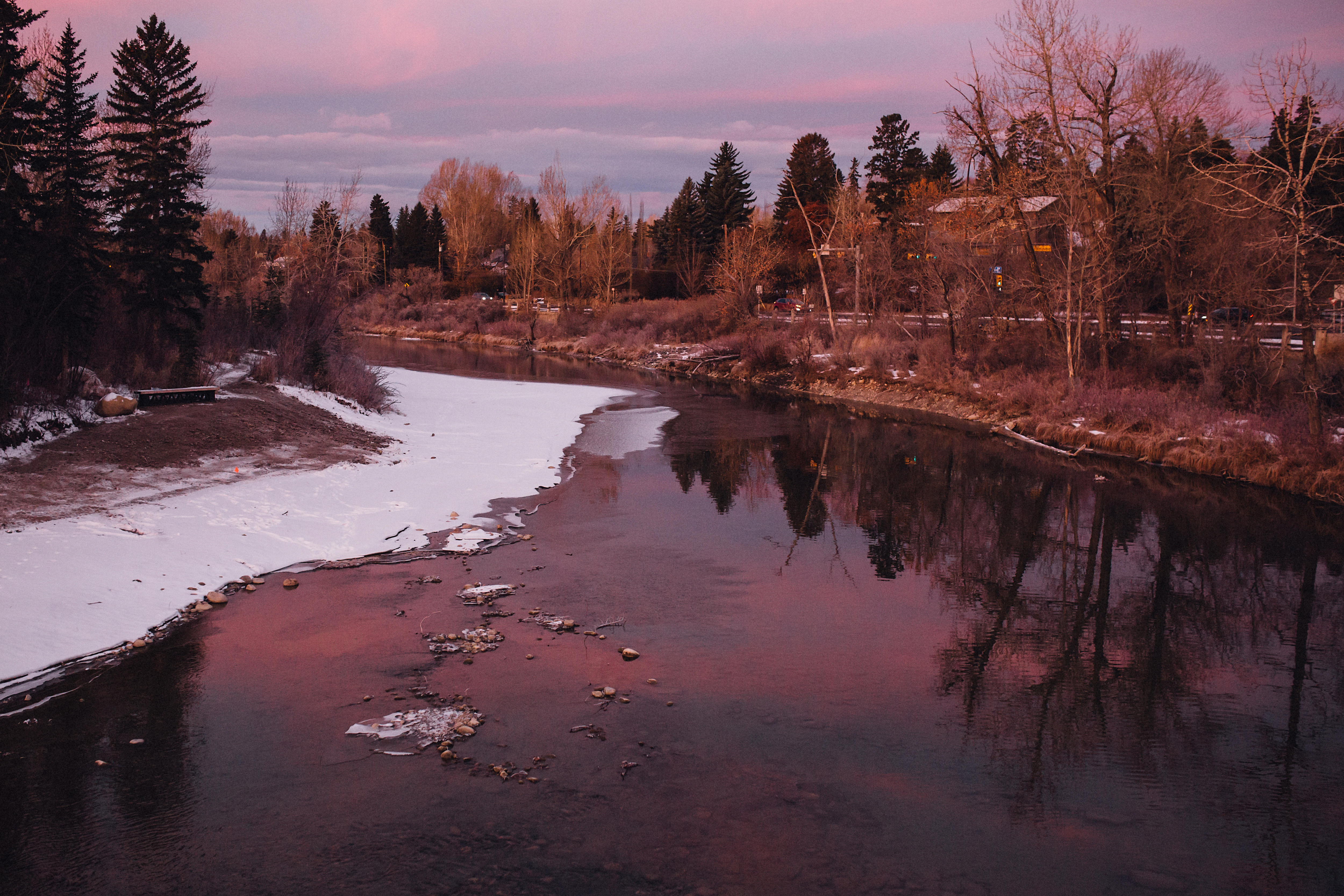
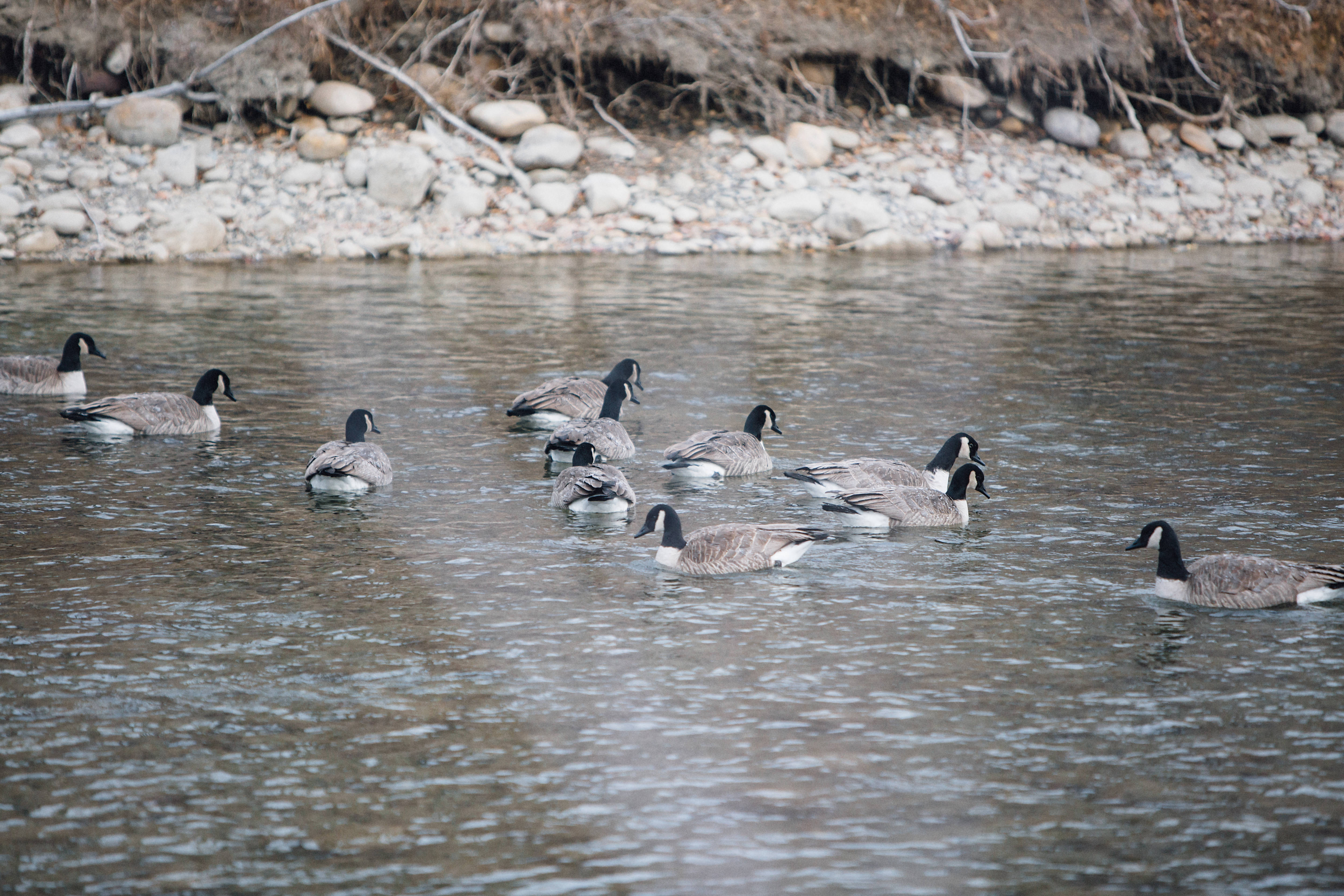
From Mission Bridge (4th Street SW), you can descend the stairs onto Elbow Island Park to explore this remarkably wild inner-city green space – an experience that changes dramatically with each passing season, the light at different times of day, the weather, the water level, and the flow of people and animals through the park. As you walk down the stairs, designed by lead artists Caitlind r.c. Brown & Wayne Garrett, notice the moire pattern underfoot, visually pulling you along – as if you are caught in the current of the river.
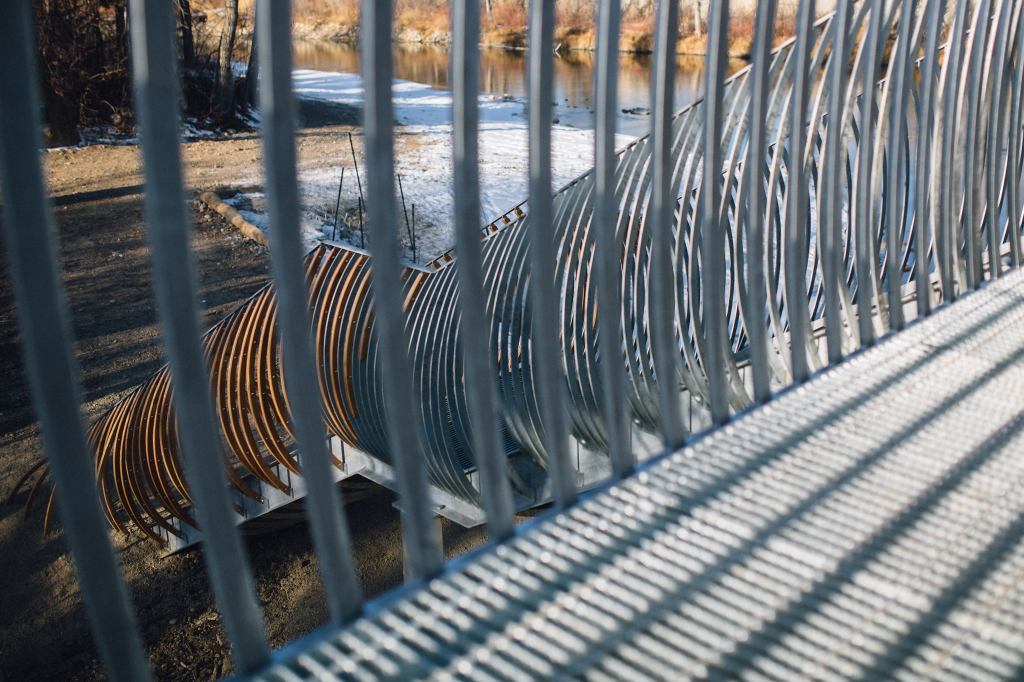
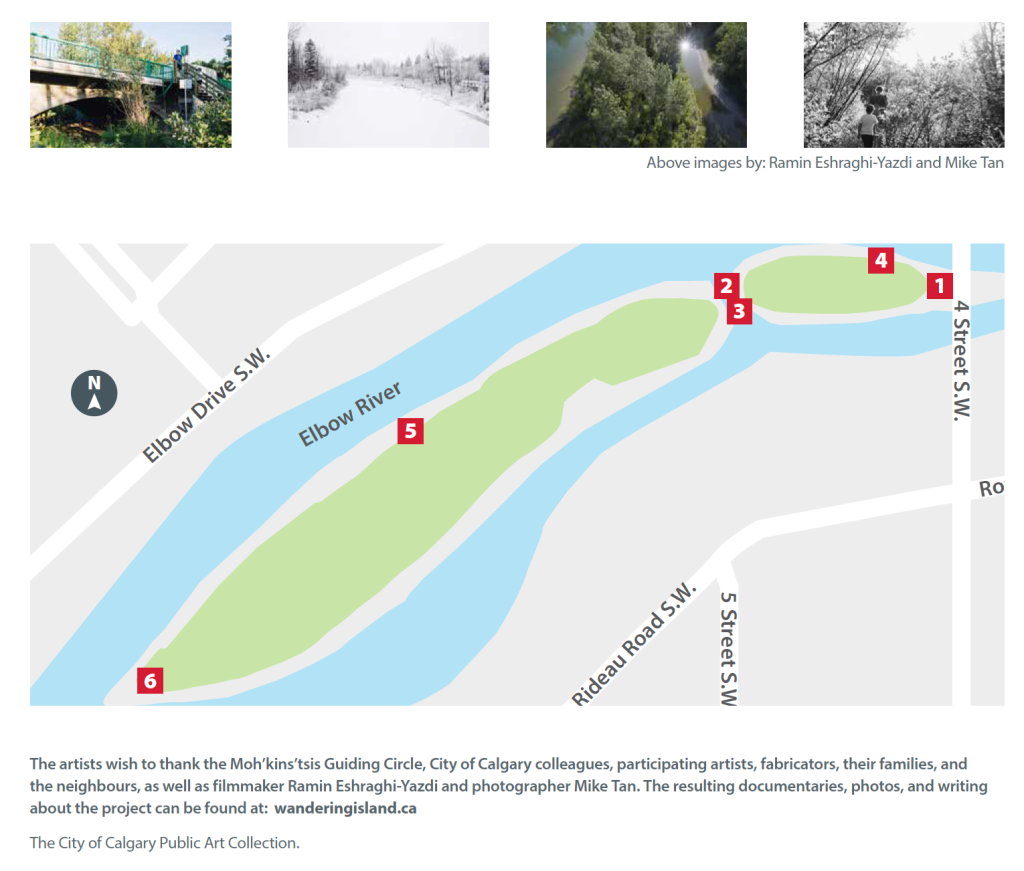
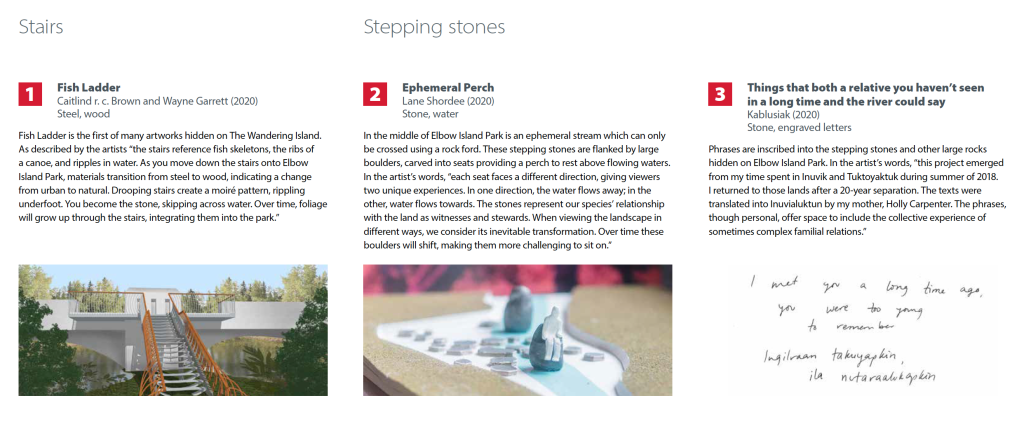
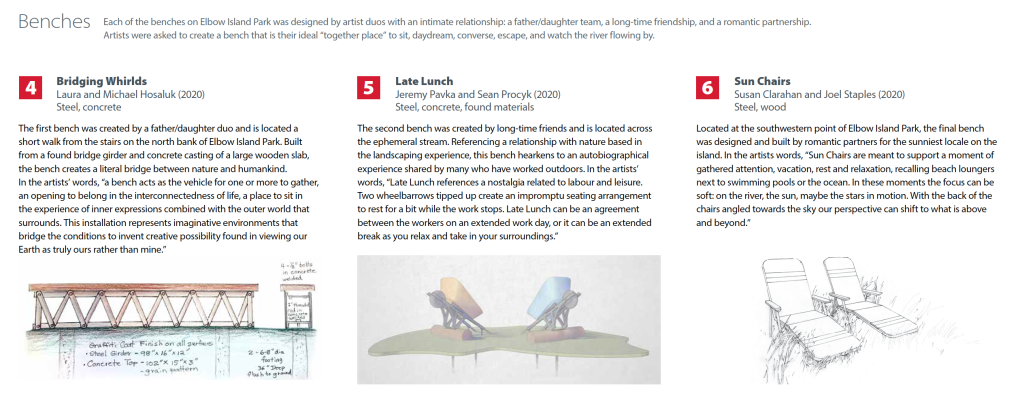
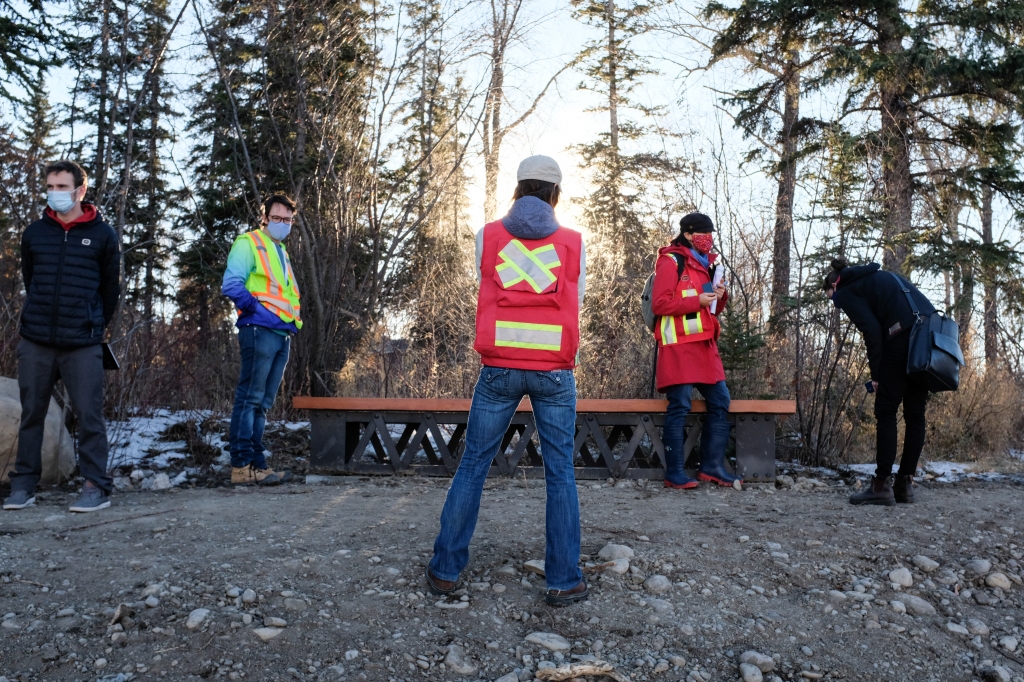
A stone’s throw from the stairs, you will encounter the first of three artist-designed benches on Elbow Island, Bridging Whirlds by Laura & Michael Hosaluk. Built from the steel truss of a decommissioned Saskatchewan traffic bridge topped by a concrete slab, if you look closely, you can see the woodgrains from the original wooden board the artists cast to create this organic concrete surface. As time passes and foliage grows up around the bench, Bridging Whirlds will be embraced by plants and creatures. Spiders will make their home beneath the safety of the truss and animals will explore its shapes and crevices. This bench attempts to bridge the illusory gap between human beings and the natural world by inviting you to pause, rest, and feel your place in the world around you. Put your hand on the cool surface of the concrete and touch the texture of the bench.
As you move further along the island trails, the next artworks you will encounter on the island takes the form of a Rock Ford, intended to help visitors cross the waters of an ephemeral side-channel that flows with water, ice, or river silt at different times of year.
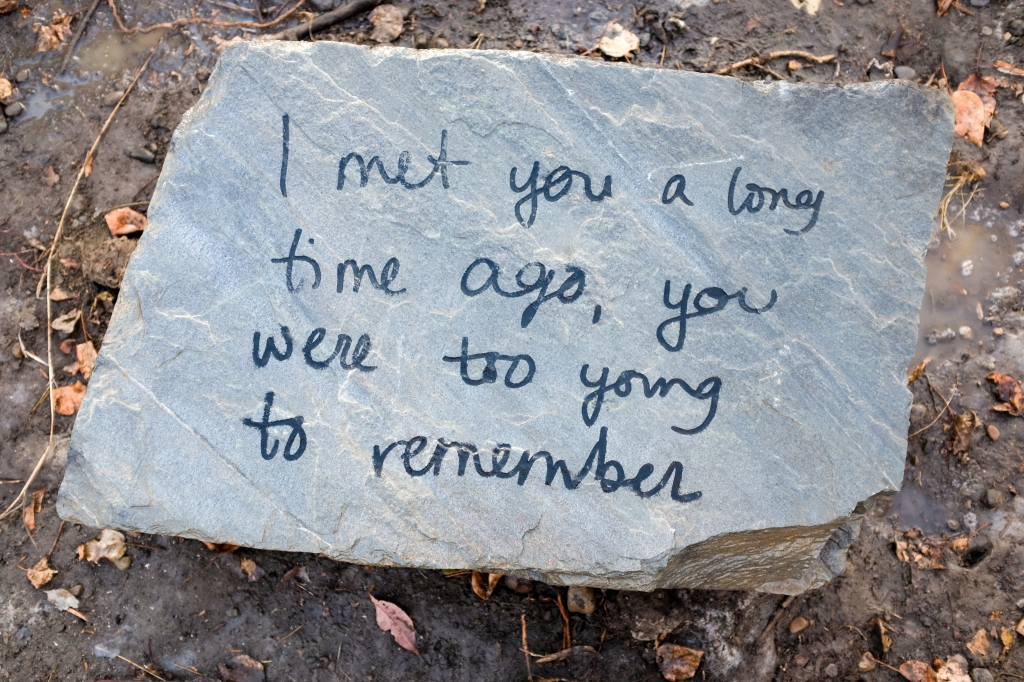
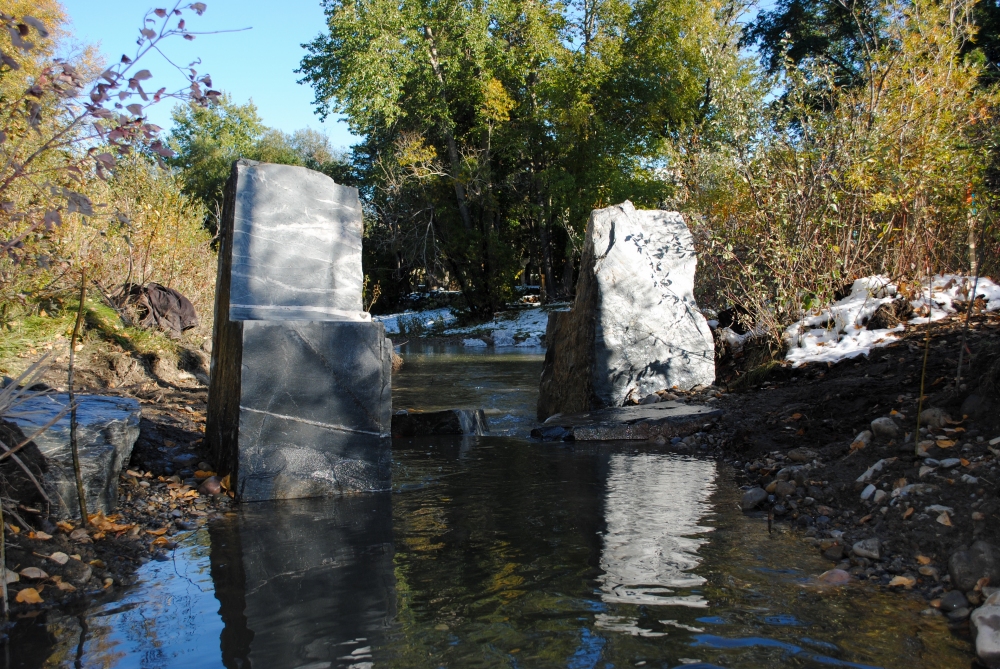
This two-part artwork combines the textual stepping stone work of Kablusiak and the upright rock seats of lead artist Lane Shordee. More than any other artwork on the island, the rock ford appears dramatically different depending when you visit. Sometimes it is engulfed in ice and snow, other times water rushes over the rocks. Birds and fish flit between the pieces. Children will jump from one stone to the next, trying to avoid soaking their feet.
Like everything on the island, these stones will weather into place over time. The language of Kablusiak’s stepping stones, written in English and Inuvialuktun, joins the material language of the land – as water speaks to rock over many years, the stones will wear and change shape, speaking back.
For those with the stamina to keep walking, just around the corner and up the path the next artwork emerges from the riverbank. Brightly coloured sculptures take a turn for the pithy.
The second “bench” on Elbow Island Park offers you a place to sit in the upturned basin of a wheelbarrow. Jokesy, bright, and remarkably comfortable, Late Lunch was designed and built by collaborators Jeremy Pavka & Sean Procyk, thumbing their nose at the comical difficulty of transporting and installing artwork on Elbow Island Park. For those familiar with landscaping, these seats become monuments to the working relationship between people and the land – objects of labour, transformed into places of leisure. As you recline in these handcrafted wheelbarrows, notice the sounds of the river, magnified by the concave seat basin.
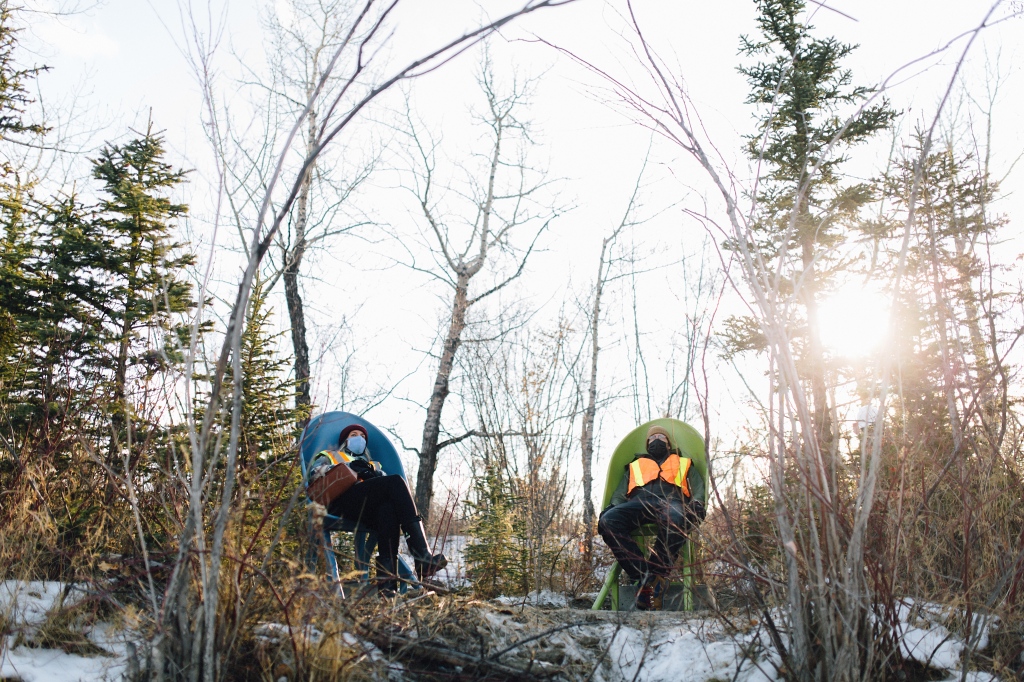
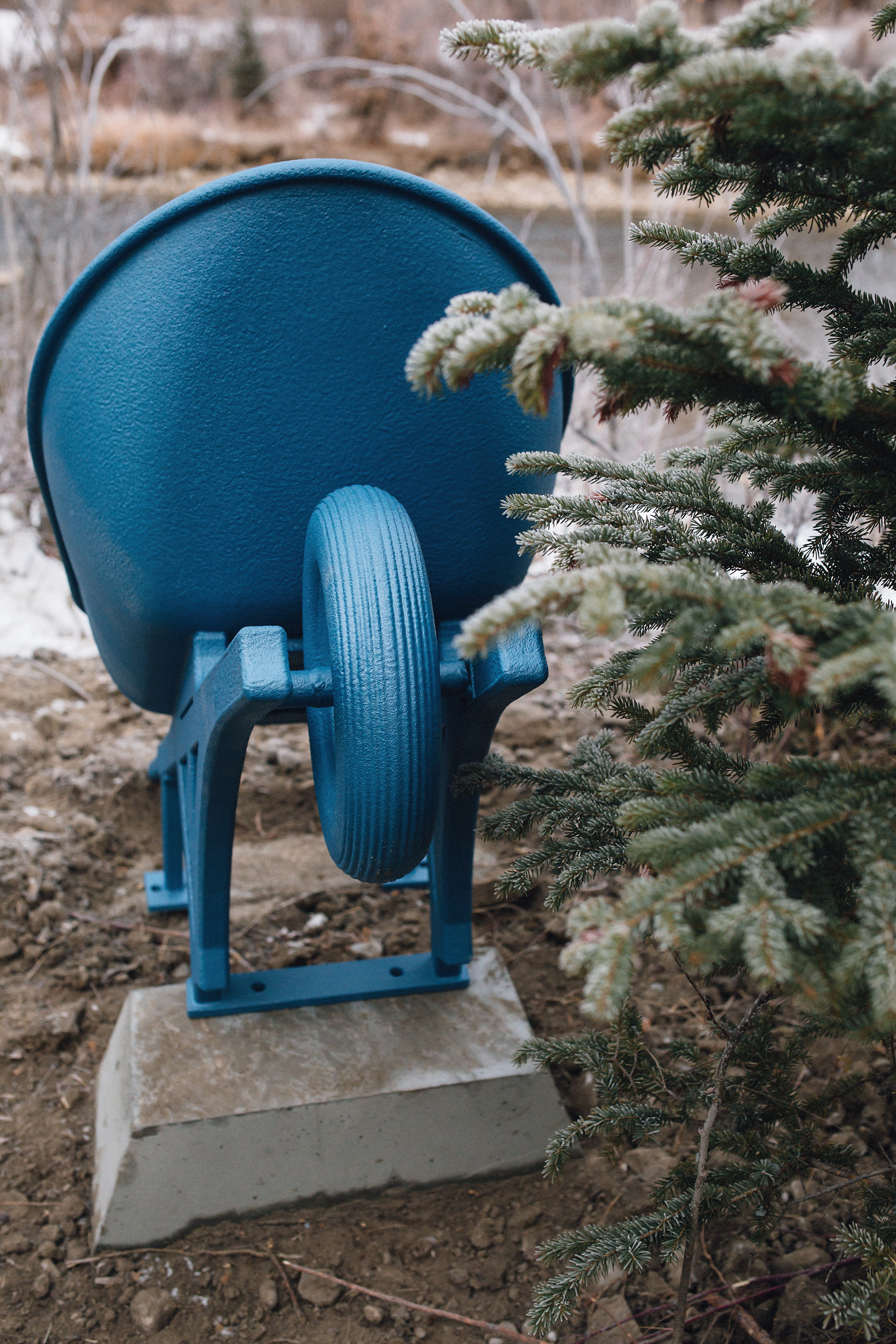
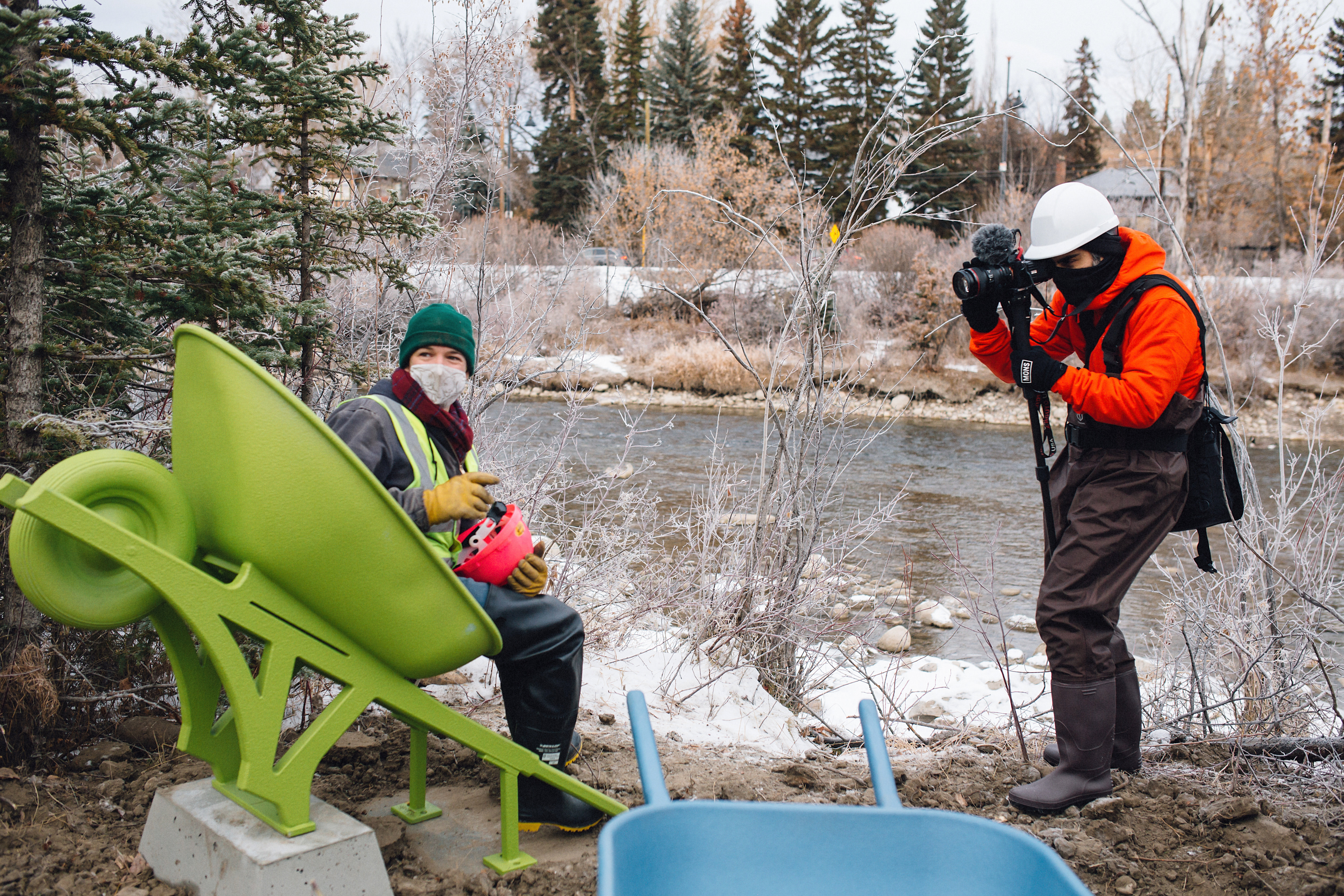
Reclining in Sean & Jeremy’s wheelbarrow seats. Photos by Mike Tan.
The last bench is further up the path. To reach it, you must pass inland, walking atop stones from the old river bed, between dense bushes, and then back out towards the river, emerging onto the tip of Elbow Island Park. The final bench is placed here, at the prow of the island, facing upstream into the Elbow River.
The Sun Chairs by Susan Clarahan & Joel Staples are your final stop on this island tour before completing the loop and returning to the stairs. For rafters, swimmers, and waders – anyone arriving by river – these chairs may be the first glimpse of artworks on Elbow Island Park. Emulating nostalgic lawn furniture, the Sun Chairs appear to float on the loose river gravel, looking casual and opportunistic, as if sunbathers brought the chairs for a day at the beach. If you take a moment to sit down and lean back, you can look up at the sky and listen to the island’s soundscape – birds, water, traffic, pedestrians, dogs, gravel, leaves, and mysterious noises in the undergrowth. The island is alive with sound and motion.
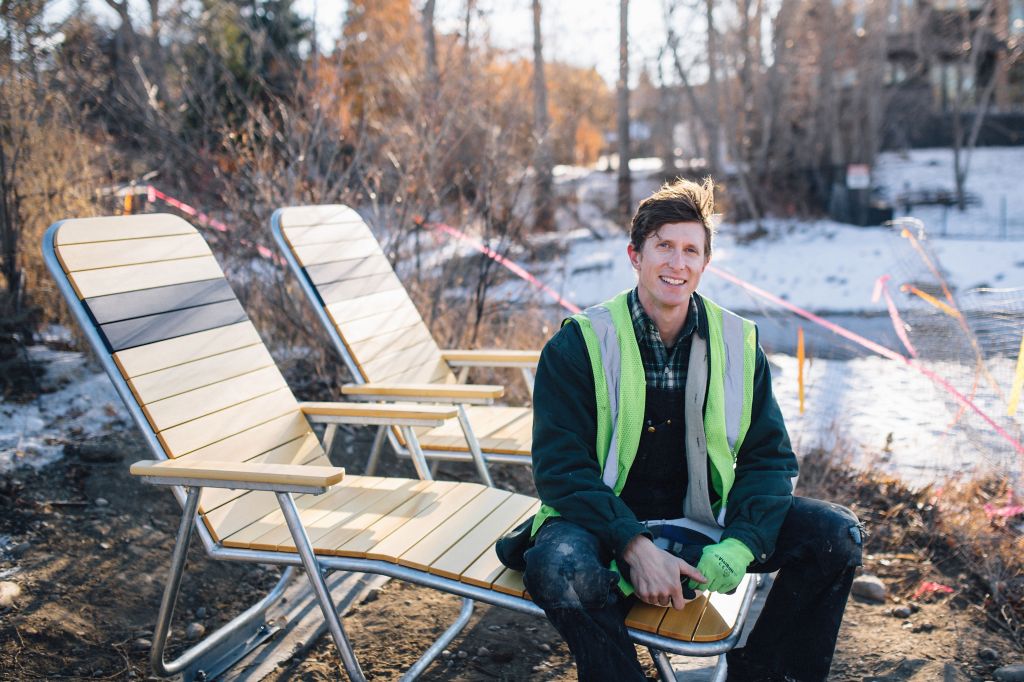
Elbow Island straddles multiple worlds, offering brief insights between them. The Wandering Island project was named for the shifting contexts of this small inner-city river island, which seems to floats between city and nature, land and river, public and private, camouflaged and forgotten. As you trace the trails to leave Elbow Island Park, consider all the ways the river has shaped this land, all the ways the city has shaped the river, and the interrelationship between these powerful forces. Consider the animals who call this island home – the beavers, birds, bats, mice, squirrels, weasels, deer, and so many more. Keep your eyes peeled for rare plants, for Saskatoon berries, and wildflowers. Visit the Southern side-channel of the island to see the newly constructed fish habitat. Before you climb the stairs back up towards 4th Street, take a long moment to peer into the water and watch the ripples dance beneath the bridge.
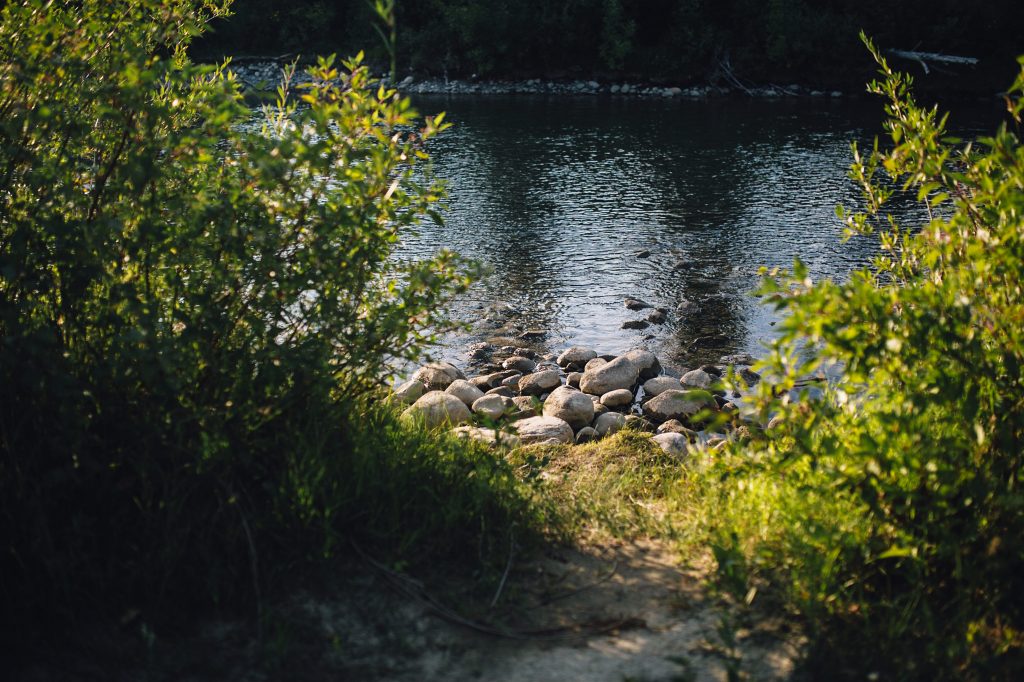
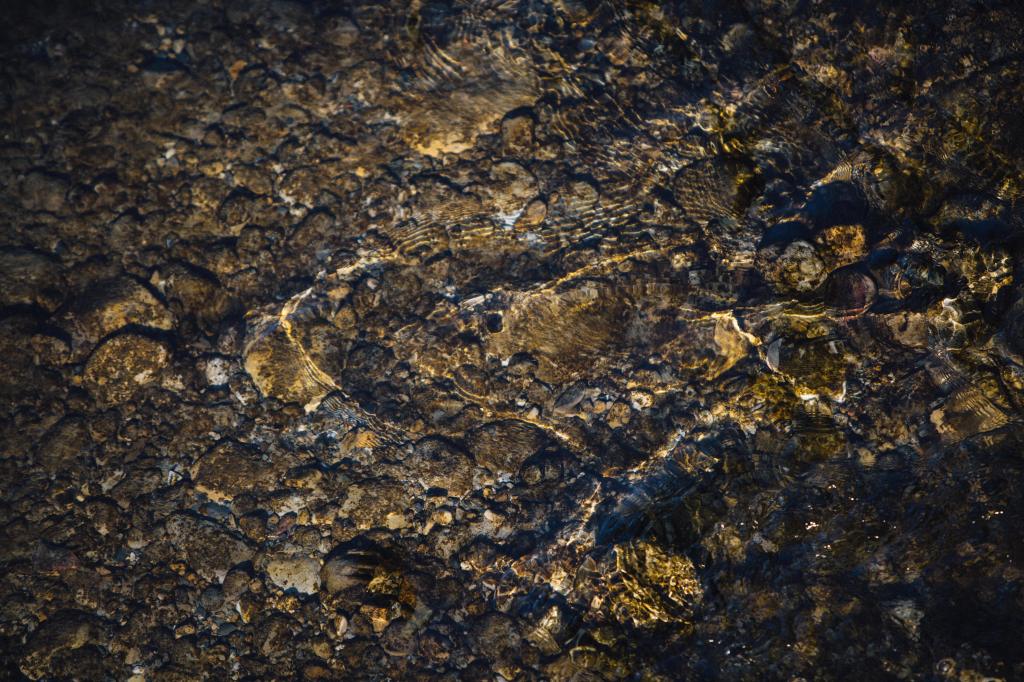
Thank you for visiting! We would like to acknowledge that The Wandering Island is located on the traditional territories of the people of the Treaty 7 region in Southern Alberta, including the Siksika, Piikani, and Kainai collectively known as the Blackfoot Confederacy; the Îethka Nakoda Wîcastabi First Nations, comprised of the Chiniki, Bearspaw, and Wesley First Nations; and the Tsuut’ina First Nation. Calgary is home to Métis Nation of Alberta, Region 3. We acknowledge all Indigenous urban Calgarians, First Nations, Inuit, and Métis, who have made Calgary their home. Elbow Island has a long Indigenous history, and we thank the Mohkínstsis Guiding Circle for ongoing guidance as we spend time in this place together.
The Wandering Island is a City of Calgary Public Art and Utilities & Environmental Protection Department Project, funded through the 1% For Art Policy. Thank you to the many collaborators, experts, consultants, friends, and neighbours who have contributed to this project.
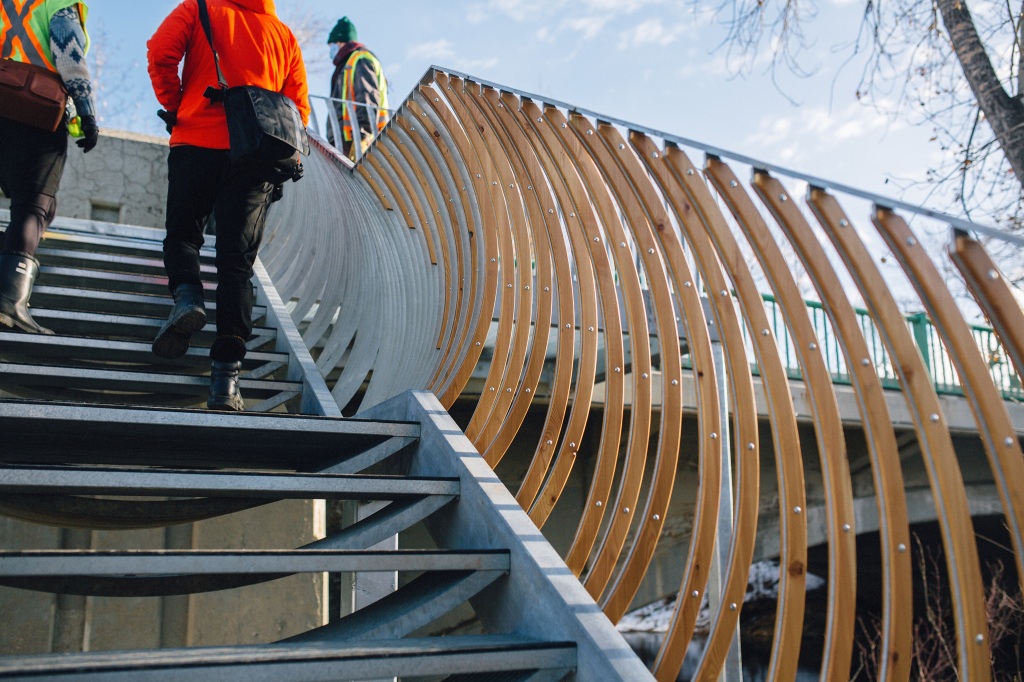

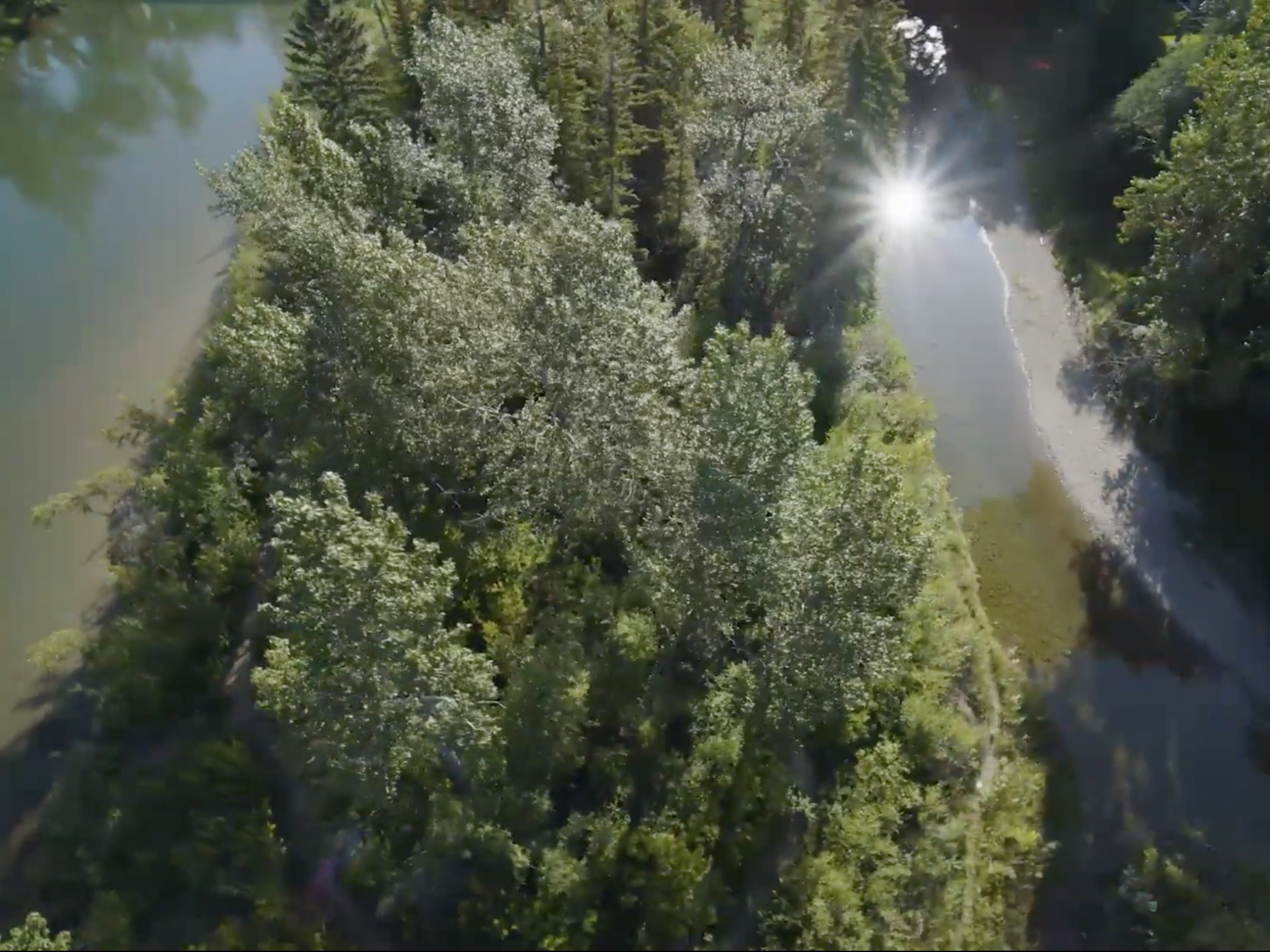
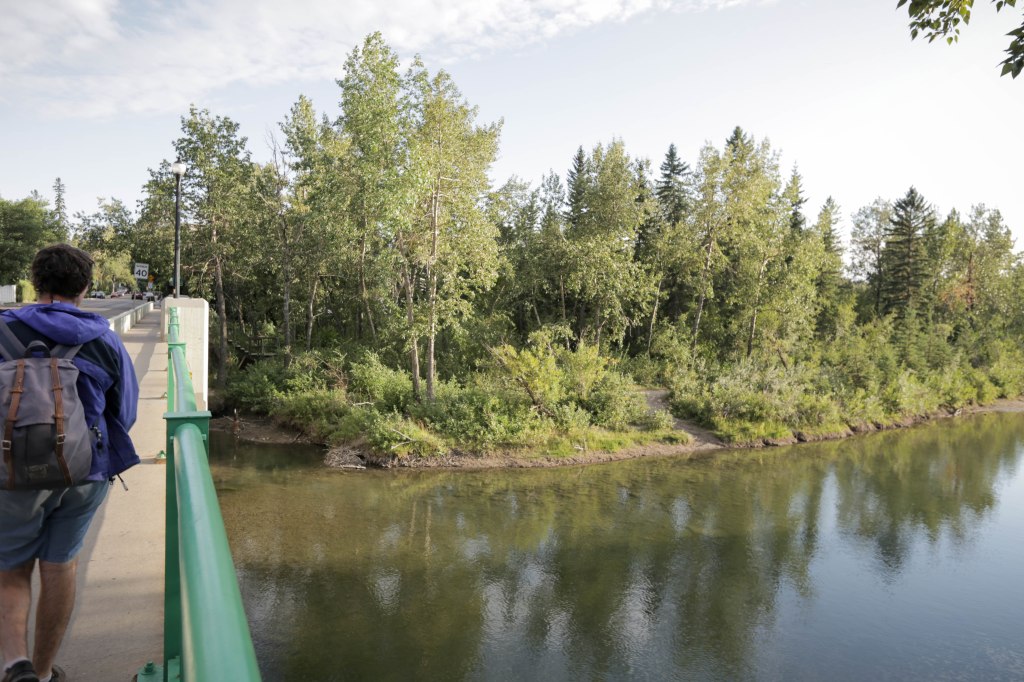
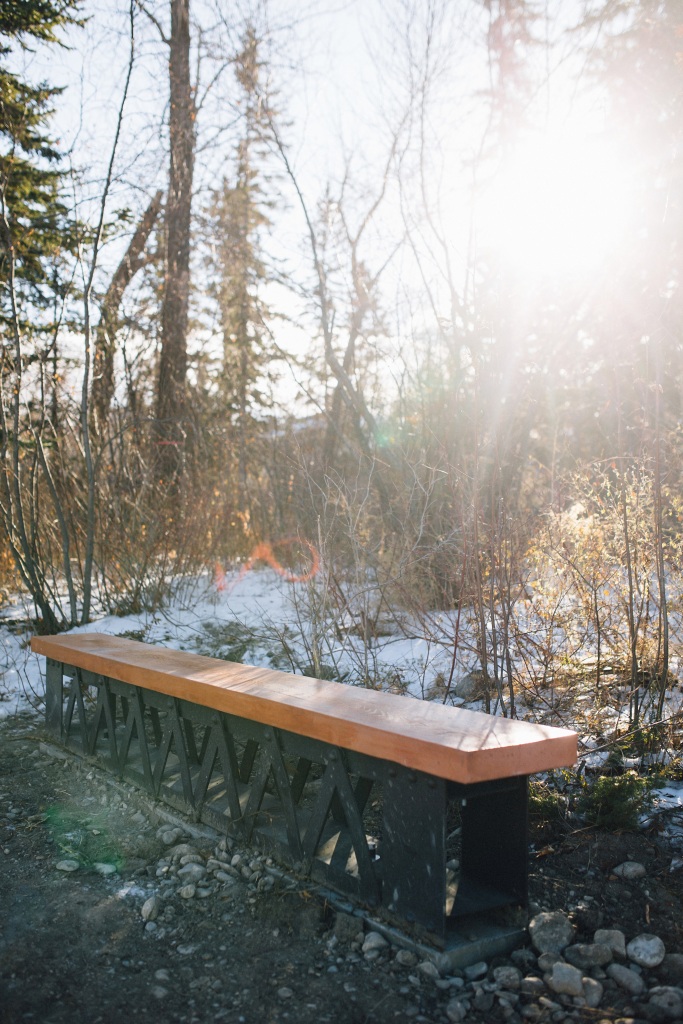
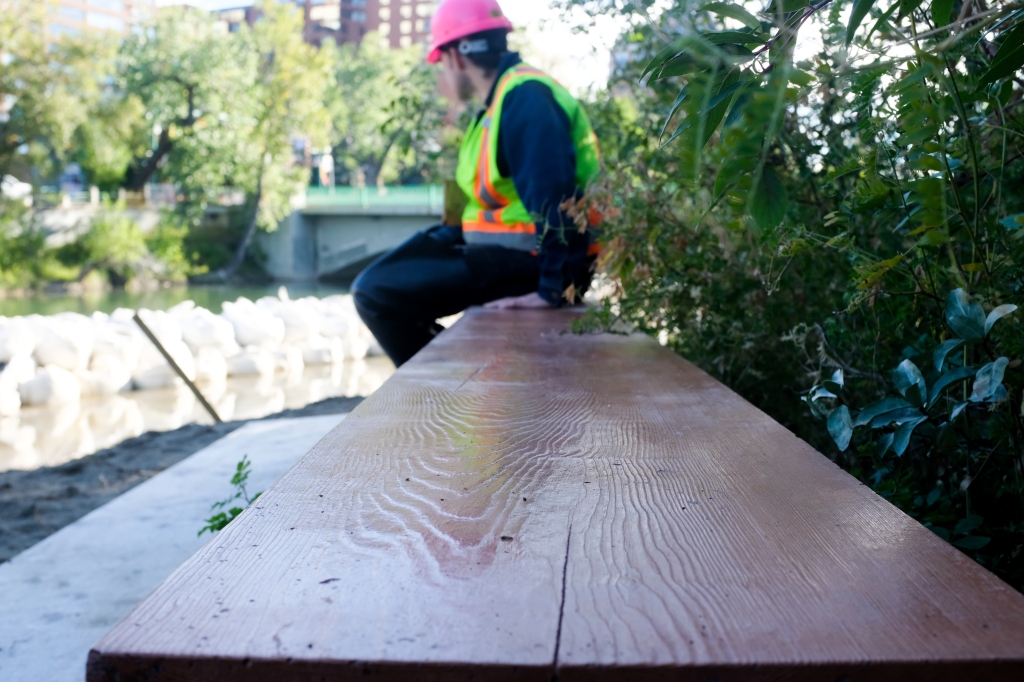
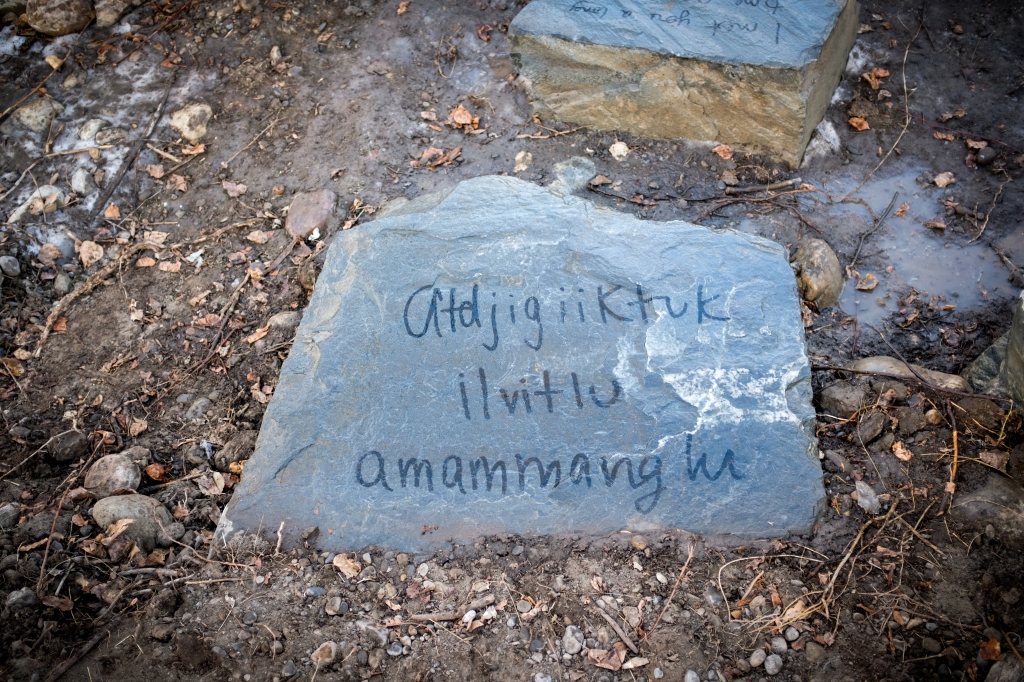
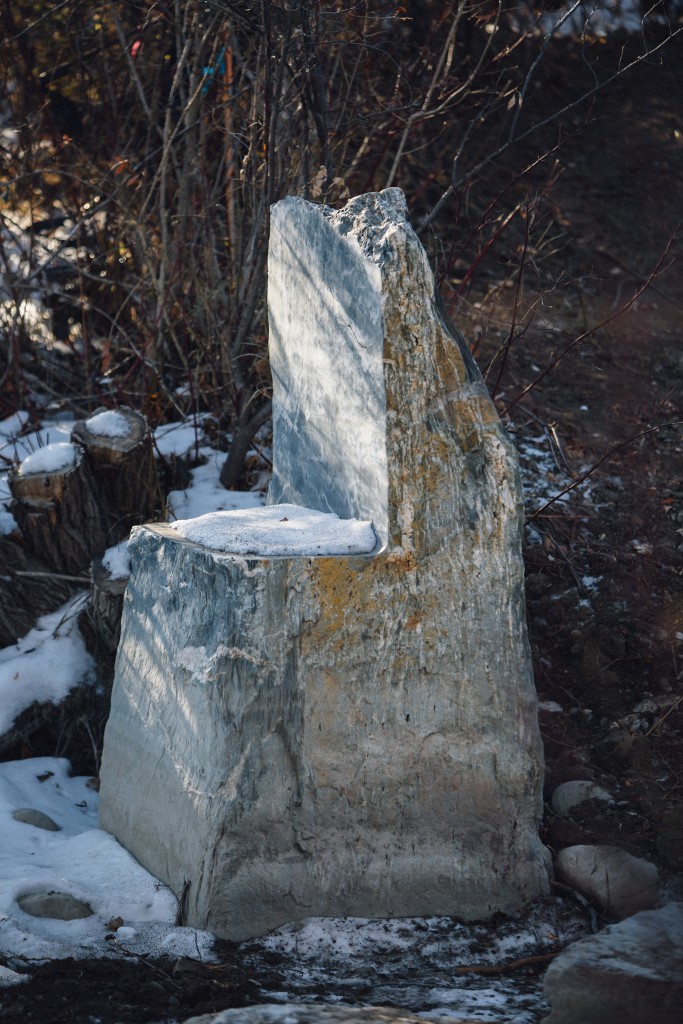
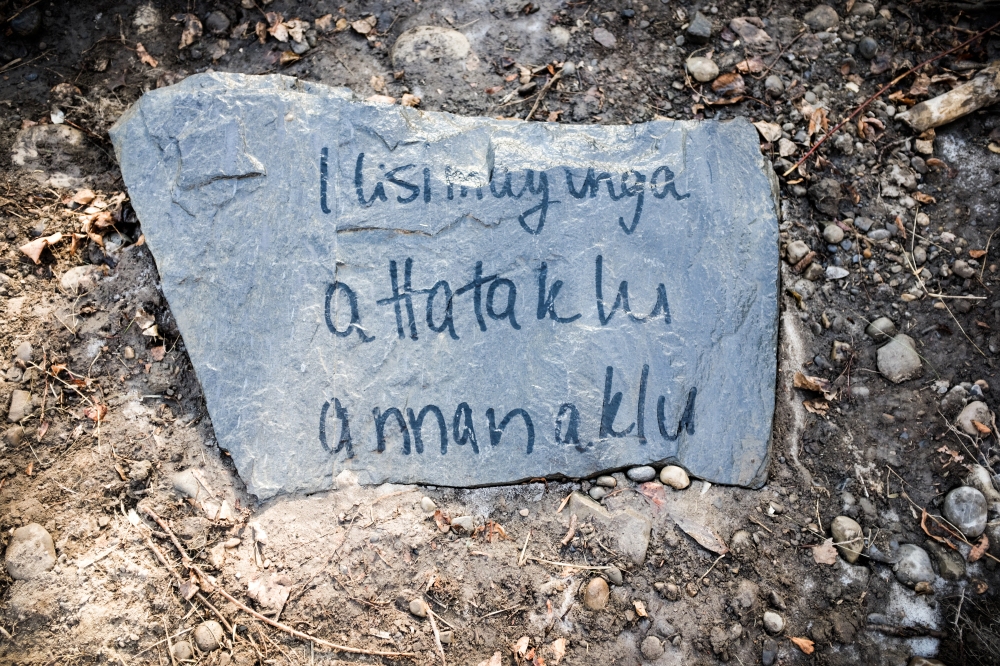
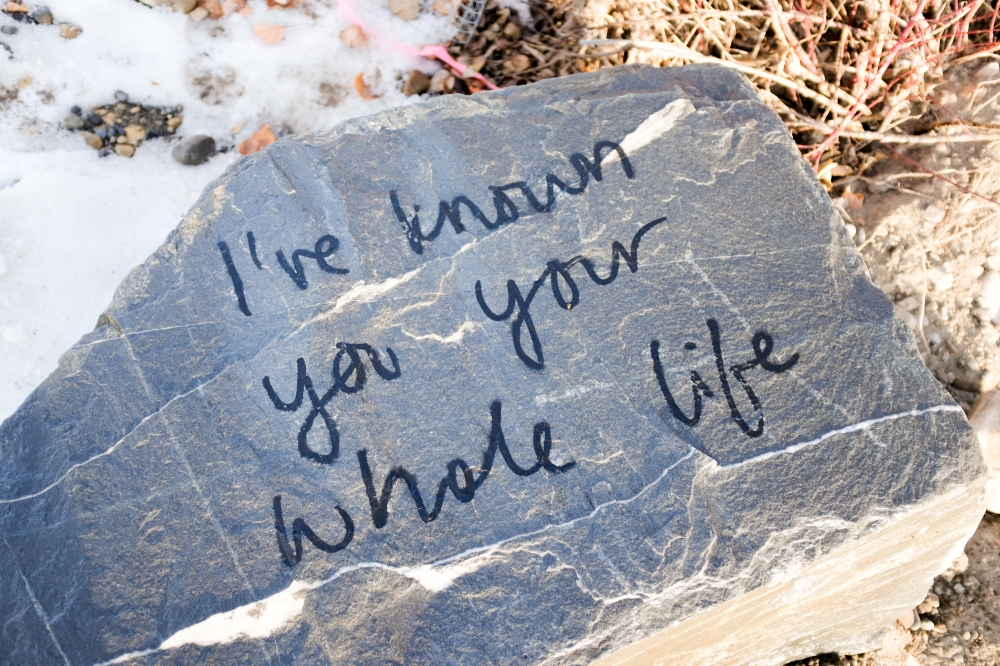
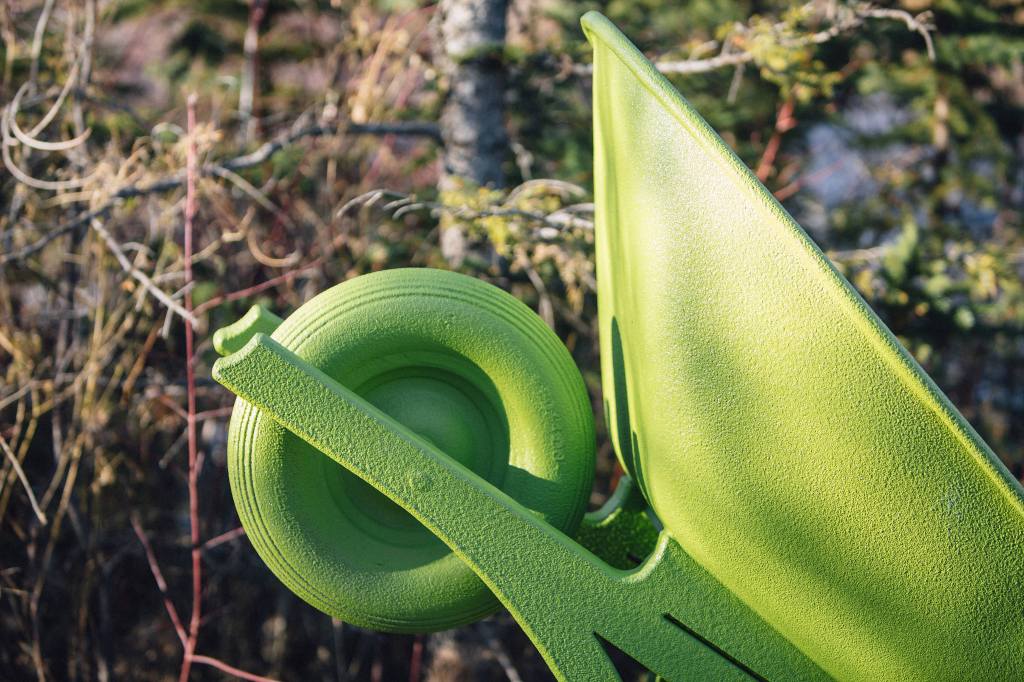
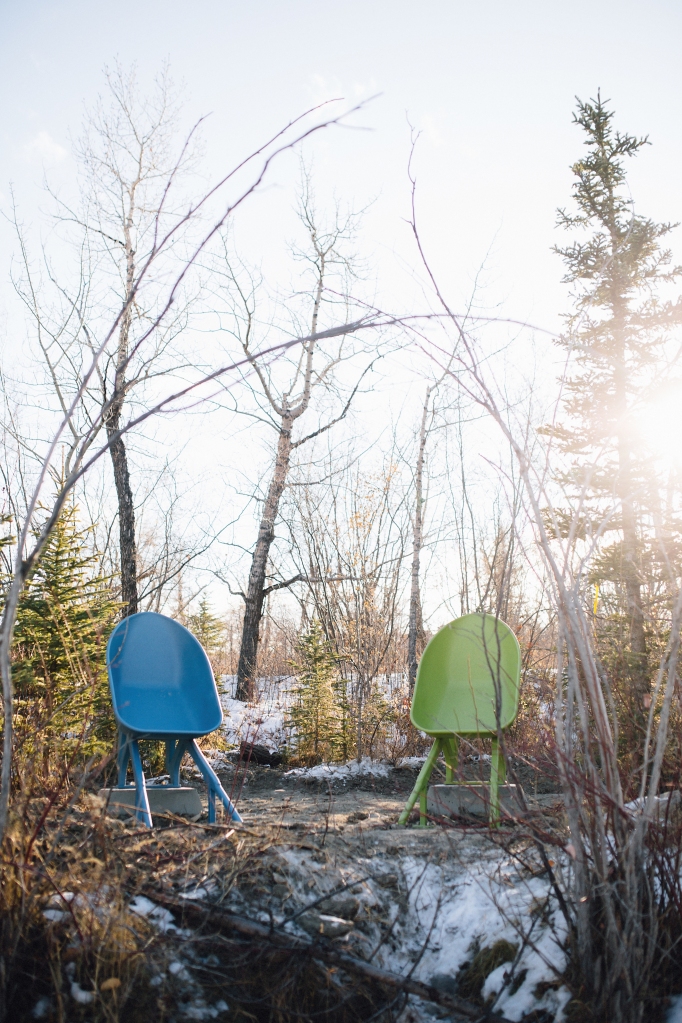
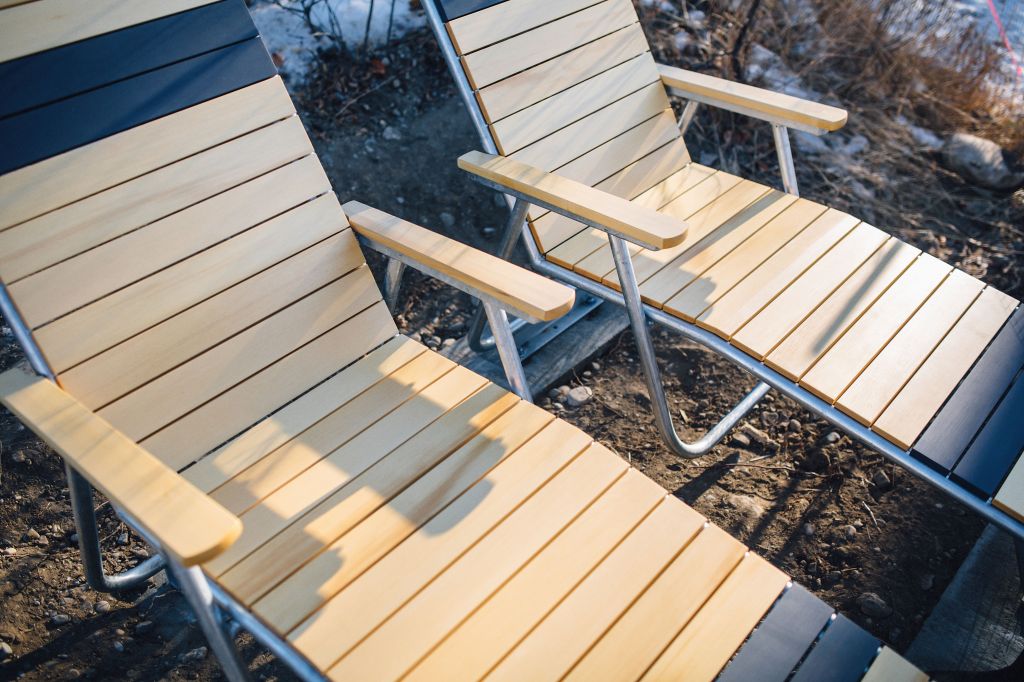
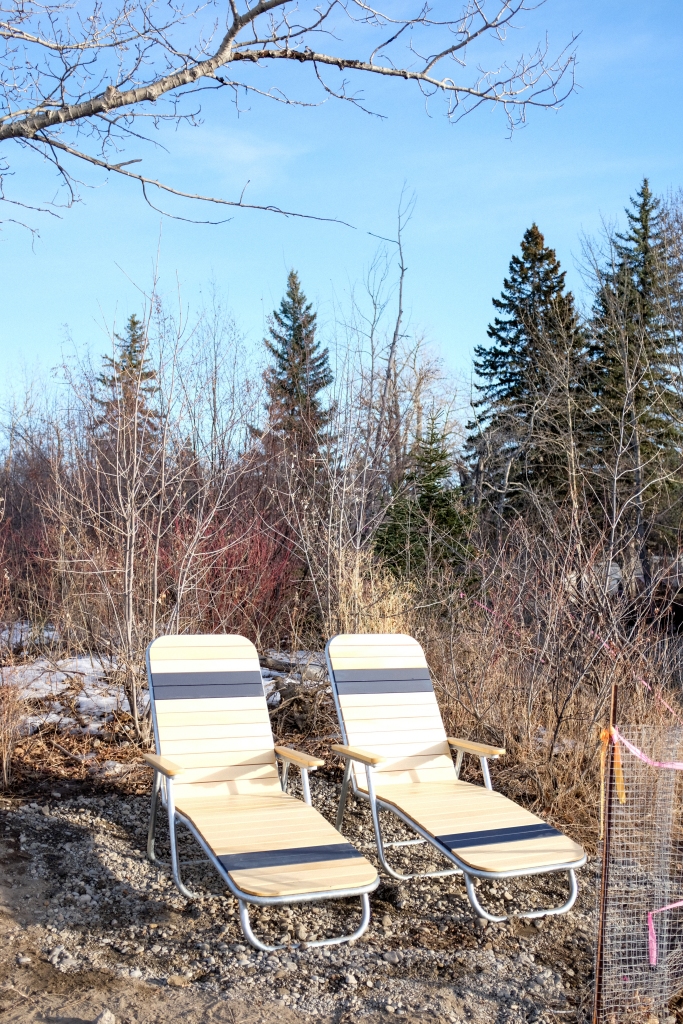
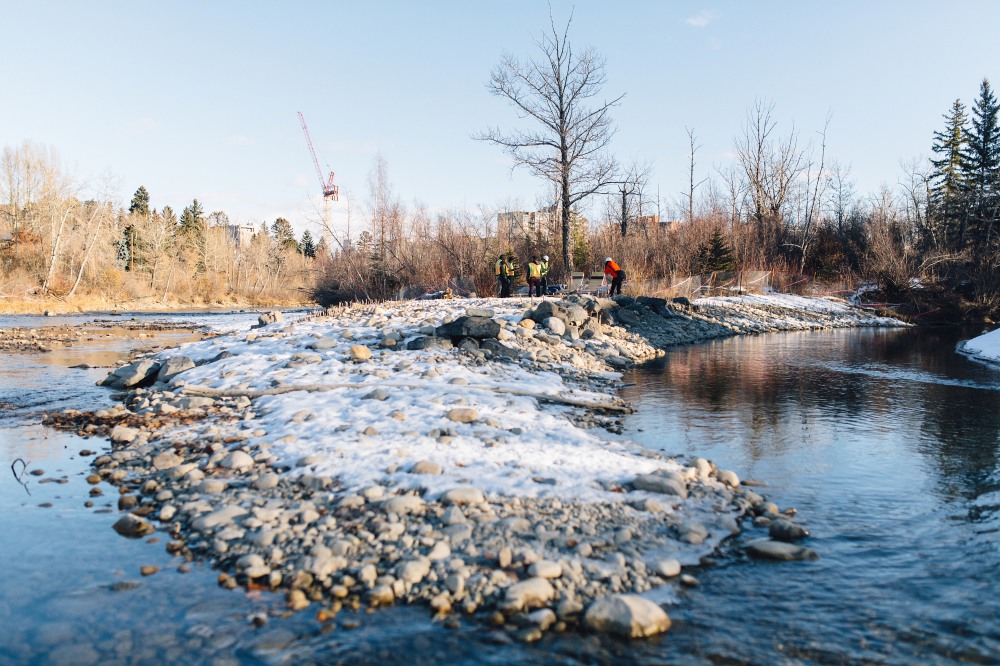
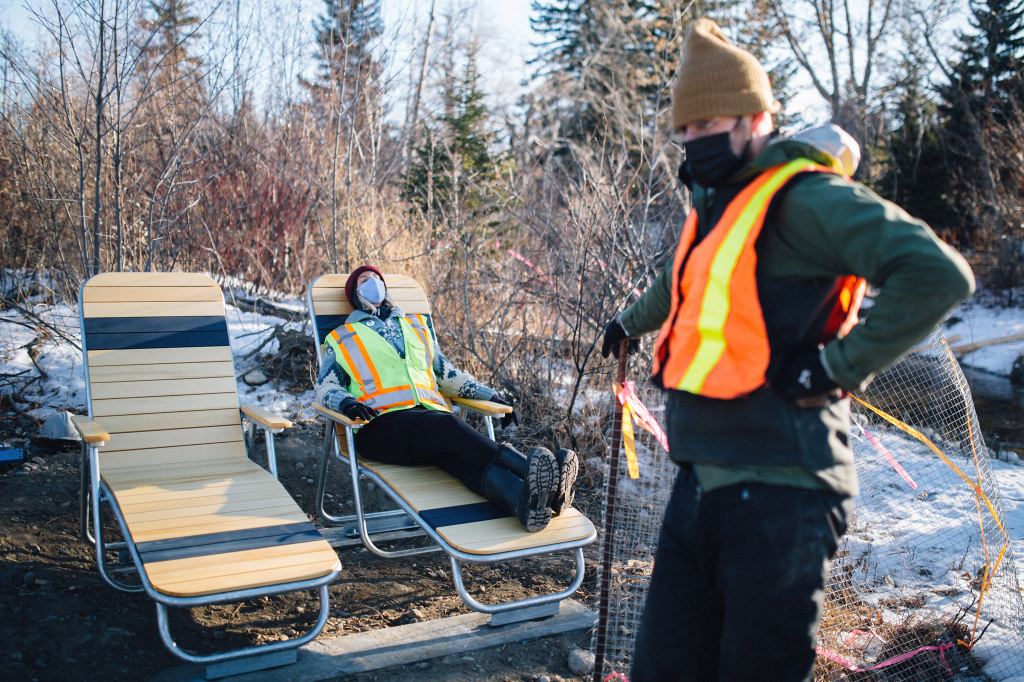
One thought on “The Wandering Island”